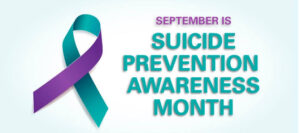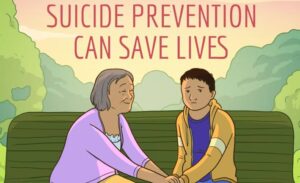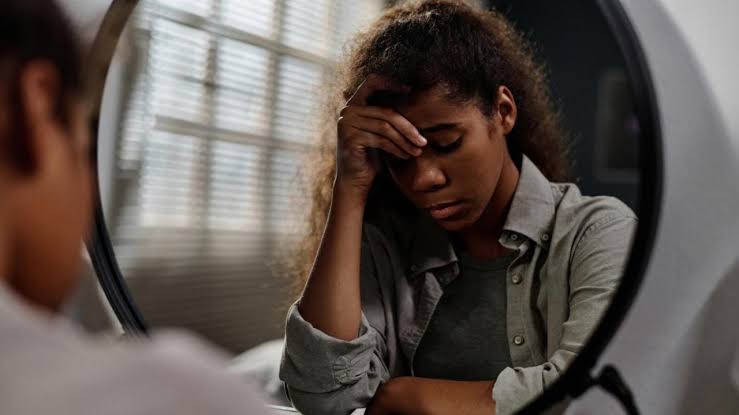September is National Suicide Prevention Month, a crucial time to reflect on the lives lost to suicide and support the millions who have struggled with suicidal thoughts. It’s also an opportunity to raise awareness about suicide prevention and share messages of hope. Unfortunately, suicide rates have been climbing, particularly among Black women, revealing alarming trends that highlight the need for urgent action.
Alarming Rise in Suicide Rates Among Black Women
A recent study conducted by researchers from Boston University Chobanian & Avedisian School of Medicine and Howard University sheds light on the high suicide risk faced by Black women aged 18-65. Contrary to prior research that showed higher suicide rates among white women, this study found that Black women, regardless of socioeconomic status, are disproportionately affected. Shockingly, Black women in the highest income bracket had a 20% higher risk of suicide than white women in the lowest income group. This unexpected finding has sparked discussions about why suicide rates are climbing, even among Black women with greater financial resources.
Why Are Black Women at Increased Risk?
While it might seem counterintuitive, the rise in suicide rates among Black women isn’t just about economic struggles. The core issues stem from chronic stress, racism, and burnout, along with a general mistrust of the healthcare system. These underlying factors contribute to mental health challenges, including depression and anxiety. Additional risk factors include intimate partner violence, community violence, and the lack of adequate federal and state support systems, all of which compound the emotional burden many Black women face.
Global Suicide Statistics
To put this in a broader context, the World Health Organization (WHO) provides a snapshot of global suicide rates:
– Over 720,000 people die by suicide every year.
– Suicide is the third leading cause of death among individuals aged 15-29.
– Seventy-three percent of suicides occur in low- and middle-income countries.
– A previous suicide attempt is one of the most significant risk factors for future suicide attempts.
These figures underscore the need for global action and awareness, but they also highlight the unique challenges faced by specific groups, such as Black women in the United States.
Also, read; NBA Star Giannis Antetokounmpo Marries Longtime Partner Mariah Riddlesprigger in Greece
Recognizing the Warning Signs of Suicide
Spotting the signs of suicide can be crucial in preventing tragedy. If you or someone you know is experiencing any of the following, it’s important to seek help immediately:
1. Talking about wanting to die– Expressing feelings of guilt, shame, or being a burden to others.
2. Emotional changes – Feeling hopeless, trapped, or having no reason to live. Sudden sadness, anxiety, agitation, or rage can also be red flags.
3. Behavioral changes – This can include making plans or researching ways to die, withdrawing from loved ones, giving away possessions, or creating a will. Risk-taking behaviors, mood swings, changes in eating or sleeping habits, or increased use of drugs or alcohol are also warning signs.
Taking Action
If you notice any of these behaviors in yourself or someone you care about, it’s critical to reach out for help. Suicide prevention resources, such as hotlines, counseling services, and community support groups, can provide the necessary assistance to guide individuals through their darkest moments. Timely intervention can save lives, particularly when these signs are new or intensifying.
Conclusion
National Suicide Prevention Month serves as a reminder that mental health struggles are often invisible, but they affect millions of people, including Black women, in profound ways. As we raise awareness and foster open discussions about suicide, we must also push for better support systems and medical care that meet the specific needs of vulnerable communities. By recognizing the signs and offering help, we can make strides in reducing the devastating toll of suicide.




